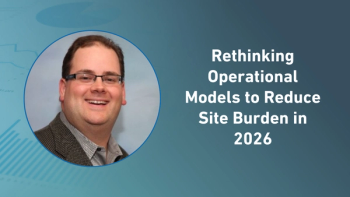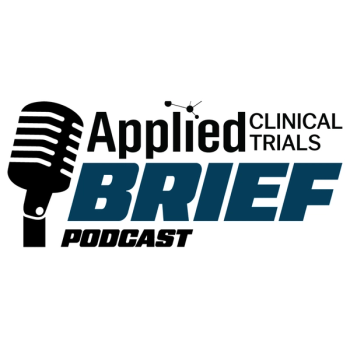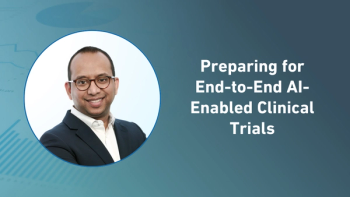
- Applied Clinical Trials-05-01-2010
- Volume 0
- Issue 0
Cost of Grants are on the Move
Clinical grant expenditures represent a major portion of the budget for later phase clinical trials. While the relative cost of conducting a clinical trial in a specific geography is not the sole driver in the decision of where to place study sites, relative costs do play a role.
Clinical grant expenditures represent a major portion of the budget for later phase clinical trials. While the relative cost of conducting a clinical trial in a specific geography is not the sole driver in the decision of where to place study sites, relative costs do play a role.
Each year, TTC reports on the relative costs of clinical grants around the world, drawing upon data in the GrantPlan database. Subscribers to this database conduct over 76% of all the commercial clinical trials.
Patient Costs in Phase II-III Trials
The data show that the United States remains the most expensive country for clinical grants, followed by the United Kingdom. Newer geographies for clinical research such as Eastern Europe, Latin America, and Asia are distinctly less expensive.
However, clinical grant costs in these newer research areas are increasing more rapidly than in North America and Europe . The United States and Western Europe (excluding the UK) have been averaging 1% to 2% annual increases. In contrast, clinical grants in the new geographies are increasing at rates over 12%.—TTC (For more information, please contact
Articles in this issue
over 15 years ago
Applied Clinical Trials Digital Edition - May 2010over 15 years ago
Keeping Ahead of the Technology Curveover 15 years ago
Research Integrity Gets Boostover 15 years ago
EDC & EHR Integrationover 15 years ago
Me-Too's Struggleover 15 years ago
Clinical Trials for Kidsover 15 years ago
act supplement coverover 15 years ago
Health Reform Supports Biomedical R&Dover 15 years ago
A Patient Universeover 15 years ago
Conversations With Study VolunteersNewsletter
Stay current in clinical research with Applied Clinical Trials, providing expert insights, regulatory updates, and practical strategies for successful clinical trial design and execution.





.png)



.png)



.png)
.png)
